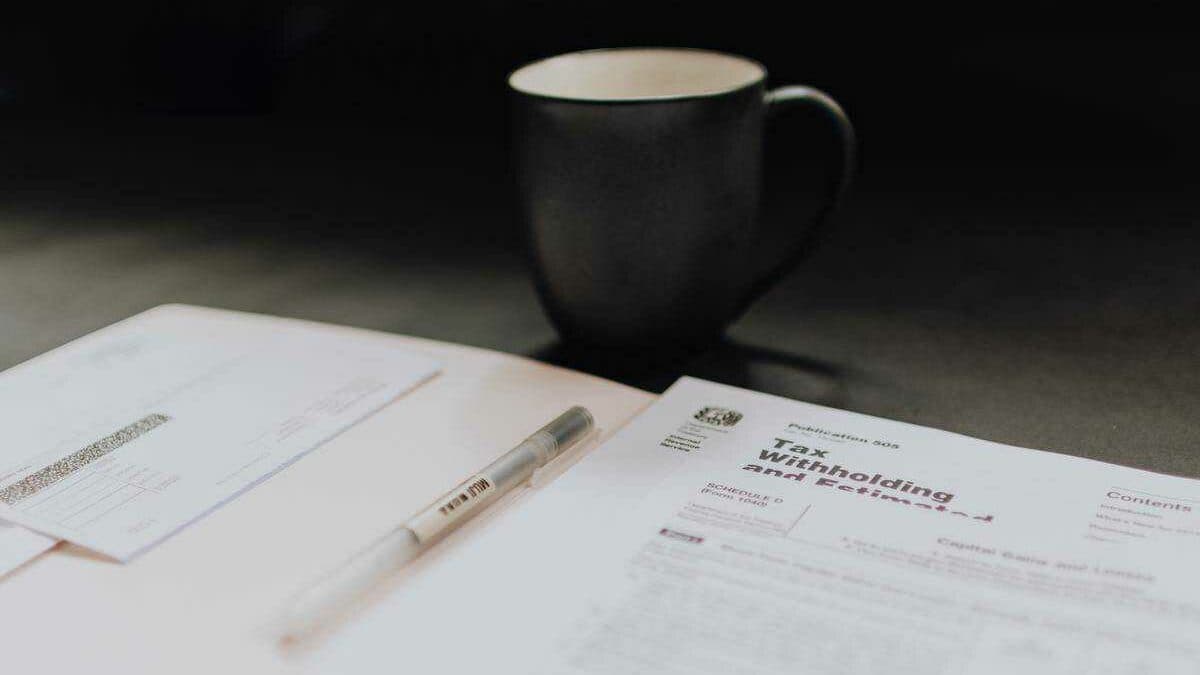Running a home-based business offers a number of advantages, including convenience, flexibility, freedom and cost savings.
It’s great for looking after the kids and also for starting out your business when you can’t afford separate premises. And when it comes to your tax return, you may be eligible for a number of tax deductions.
So, if you run, or are thinking of running, your business at or from home and have a room or space set aside exclusively for business activities, read on.
What is a home-based business?
A home-based business can be run:
- At home – that is, you do most of the work at your home, for example, a hairdresser who uses a room as a salon.
- From home – that is, your business doesn’t own or rent separate premises, e.g. an electrician who works at a customer’s premises but stores tools at home and has an office to handle the paperwork.
Claiming deductions
If you have a home-based business, you may be able to claim tax deductions for the following expenses:
- occupancy expenses (such as mortgage interest or rent, council rates, land taxes, and house insurance premiums)
- running expenses (such as electricity, phone, the decline in value of plant and equipment, furniture and furnishing repairs, cleaning)
- The cost of business-related motor vehicle trips between your home and other locations, for example, to clients’ or suppliers’ premises.
You can claim a percentage of all these costs if you run a home-based business. To be eligible to claim, the area set aside in your home for your business must have the character of a place of business, for example:
- it’s clearly identifiable as a place of business. For instance, you might have a sign identifying your business at the front of your house.
- it’s not readily suitable or adaptable for private or domestic purposes
- it’s used exclusively or almost exclusively for carrying on your business (a room that’s used for private purposes occasionally won’t qualify, but a room that is used incidentally as an entrance to your home will be OK)
- it’s used regularly for visits by your clients.
Examples of businesses that could qualify include:
- A bed and breakfast establishment
- A hairdresser’s home salon
- A caterer’s home kitchen
- A photographer’s home studio.
You can claim the percentage of occupancy expenses that relates to the area of your home you use as a place of business and the proportion of the year it was used for business.
A common method of working out how much to claim is to work out the floor area you use for your business as a percentage of the total floor area of your whole home. For example, if the floor area of your home office is 10 per cent of the total area of your home, you can claim 10 per cent of your rent or mortgage interest, council rates and insurance assuming the home office is available for use in your business 100 per cent of the time.
Make sure you keep accurate records of how you worked out the occupancy expenses you claim as deductions, including details of the methodology you have used and the justification for it, copies of mortgage statements, rental payments, home insurance policies and council tax statements.
Running costs
If you can claim occupancy expenses, you will also be able to claim running expenses. From 1 July 2022, you can claim a fixed rate of 67 cents per hour covering the following expenses:
- energy expenses (electricity and/or gas) for lighting, heating/cooling and electronic items used while working from home
- Internet expenses
- mobile and/or home telephone expenses, and
- stationery and computer consumables.
You can’t claim an additional separate deduction for any of these expenses. For example, if you use your mobile phone when you are working from home and when you are working away on-site or with clients, your total deduction for mobile phone expenses for the income year will be covered by the hourly rate of 67c per hour.
Alternatively, you can claim actual costs in relation to all of the above running costs plus:
- Depreciation of office furniture and equipment
- Depreciation of any technology items used in your home working (e.g., laptops, desktops, mobile phones or tablets)
- Repairs to any of the above
- Costs incurred in cleaning your home office space.
Beware CGT!
There’s a potential snag to be aware of before you start deducting a portion of your occupation costs; you might have to pay capital gains tax (CGT) on the sale of your home when you ultimately sell. Normally your home is exempt from CGT because of the “main residence exemption”, but this doesn’t apply to any part of your home that is used to derive income. So, if you claim deductions for 10 per cent of your home as a place of business, this means that you’ll need to pay CGT on 10 per cent of the profit when you sell.
H&R Block can help you set up your business
If you’re looking to set up your business, talk to H&R Block for advice on how best to do it. Contact our Tax & Business Services team today by email or call 13 40 42 to talk about your business needs.

